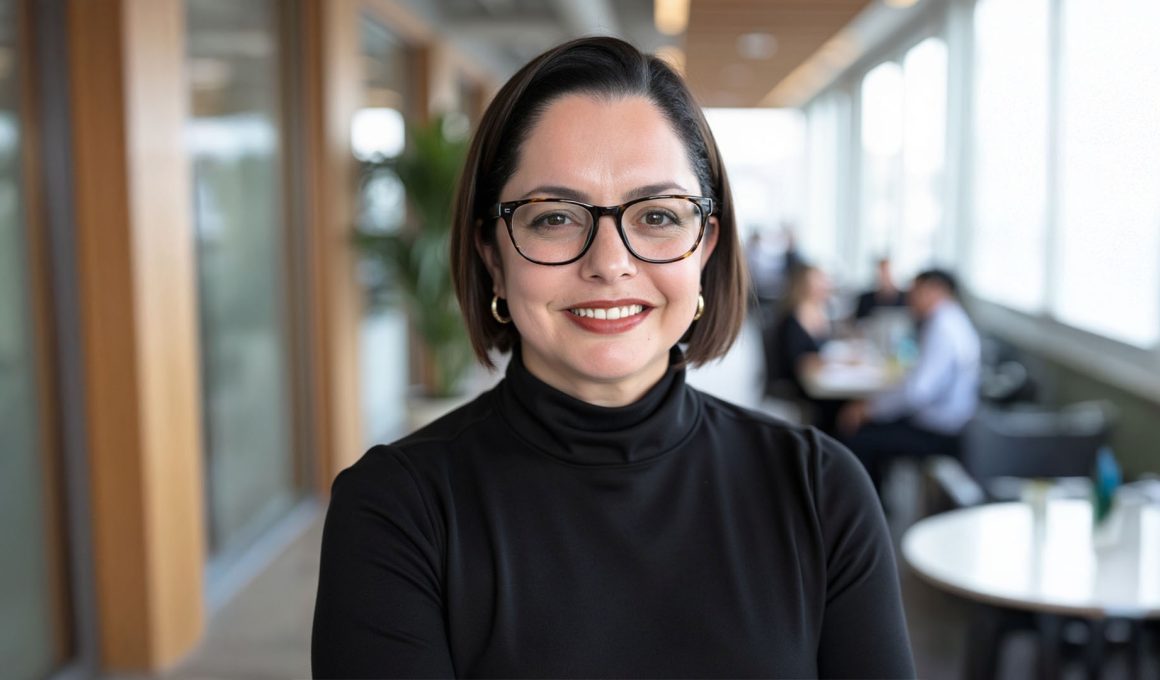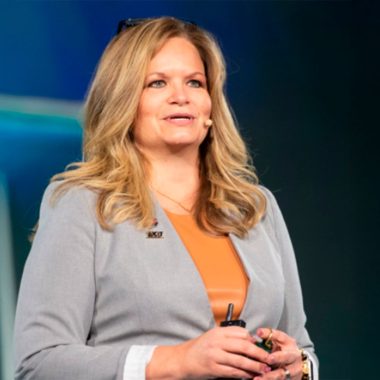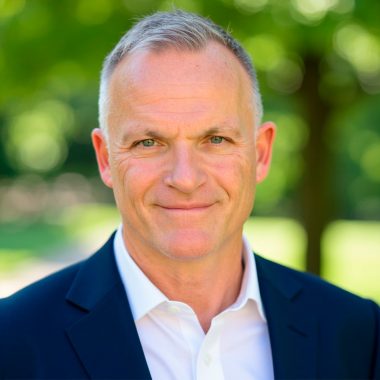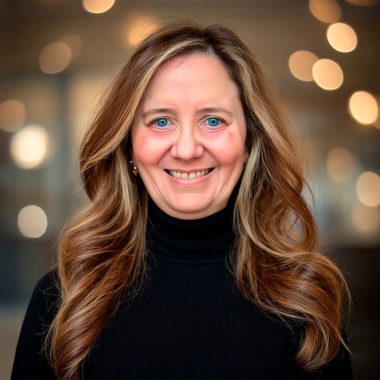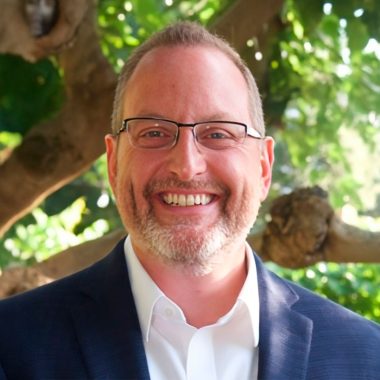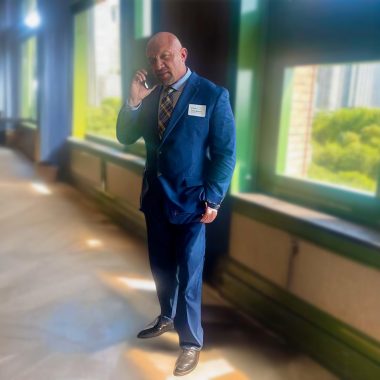Born and raised in Colombia, Carola Molinares initially pursued medicine before studying business administration and international relations. After her father’s passing—and amid political and safety concerns—she made the difficult decision to leave her home country and rebuild her life and career in the United States. That experience shaped the way she works today: helping the medical community bring ideas to life by creating spaces where knowledge and collaboration thrive.
“Not being a doctor gave me a different lens,” says Molinares. “It allowed me to focus on what doctors need to share their knowledge while using my skills to build platforms that make that knowledge last.”
With more than 30 years of experience across some of the world’s most recognized hotel brands—Marriott, Hilton, Hyatt, and Omni Hotels and Resorts, to name a few—she has developed a certain fluency in the logistics of large-scale gatherings. Nearly 8 years of managing medical and academic conferences at the University of Pittsburgh Medical Center and ATS added another layer: insight into the mission-driven needs of academic and medical communities. Together, those experiences gave her what she calls “a deep understanding of how to plan a conference that does more than fill a schedule…it influences ideas.”
Balancing Education and Industry Interests
Academic and medical conferences face unique pressures. Beyond program development, planners must navigate the involvement of industries eager to showcase new products, treatments, and technologies.
“There is a delicate balance,” she explains. “Pharmaceutical partners may want to introduce a new treatment, or a manufacturer might want to highlight a surgical robot. Those presentations can be valuable, but the conference cannot become a sales floor. It must remain a space for genuine knowledge-sharing.”
This ecosystem requires careful orchestration to ensure attendees benefit fully. Conferences succeed when they provide meaningful outcomes for both participants and the broader field they serve. For Molinares, it’s not only about the medical content…it’s about managing the relationships around it.
Strategies for Conferences That Resonate
To create events with lasting impact, Molinares highlights three practices she considers essential.
1. Early engagement
Building anticipation through pre-event articles, curated content, and social media discussions gives participants a head start. “It’s about creating momentum before people even walk in the door,” she says.
2. Committee-driven content
Rather than relying on one individual or department, Molinares insists on a collective approach. “The selection of topics has to be shared. It needs to matter deeply to specialists while still inspiring a wider audience that drives interest and participation.”
3. Extending the conversation
A conference shouldn’t end when the lights go out. “It should be part of a continuum of learning, not an isolated experience,” she explains. Post-conference communication—through recordings, summaries, or continuing discussions—keeps participants engaged and makes their investment of time more valuable.
The Post-Pandemic Imperative
The pandemic underscored the importance of designing conferences with intention. When events shifted online, many attendees noticed how in-person gatherings had been falling short. Sessions were too long, general meetings felt monotonous, and opportunities for authentic networking were limited.
“Evaluations consistently asked for more time to connect,” Molinares recalls. “That need became even clearer when conferences went virtual. People realized what they were missing.”
For Molinares, that realization redefined her approach to planning—making purpose and connection the core of every design. “Now, as we return to in-person meetings, the reason for bringing people together must be clear. The content has to challenge participants and inspire them.”
Looking Ahead: Interdisciplinary Futures
Conferences are evolving in ways that reflect broader changes in knowledge sharing. Artificial intelligence is making medical information more widely available, which in turn reshapes expectations. “Professionals will need to defend their expertise in new ways because participants will arrive already informed,” she says. She believes this shift will lead to more interdisciplinary gatherings. A medical conference on cancer treatment, for instance, might include mental health professionals, researchers from other fields, and even patient advocates. “Conferences will become enriched by diverse perspectives,” Molinares predicts. “That mix is what will keep them relevant and powerful.”
A Human-Centered Approach
At the heart of Molinares’ approach is the conviction that conferences must serve as spaces for human connection. Logistics, technology, and sponsorships all play their part, but the essence is in the exchange of knowledge and the relationships that form. “The planning process has to be extremely intentional,” she emphasizes. “It’s not about putting topics together randomly. It’s about asking: what will challenge people, what will engage them, and what will truly matter?”
Readers can connect with Carola Molinares on LinkedIn for more insights.
